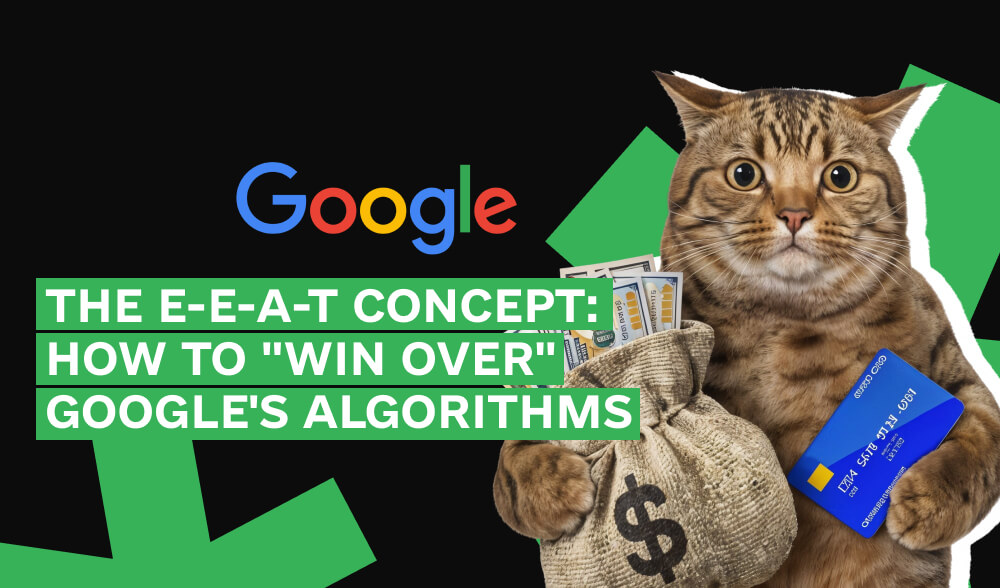Don't miss interesting news


In a time when most people skim through headlines and neural networks churn out texts faster than you can brew coffee, it’s no longer enough to be “written”. Google doesn’t want to be fooled by template texts with no soul anymore. Your material should be trustworthy because of experience, expertise, and real benefits.
But don’t worry, AI content can survive and even shoot to the top if it follows the E-E-A-T principles. Even if you are not an expert in a certain niche. We will analyze how to do it further.
E-E-A-T is the four pillars of quality content:
This is not just an SEO mantra, but a filter through which Google passes all content. Even fully generated AI articles.
So how can you stand out if no one knows you yet? Experience, human tone, facts, stories and proven conclusions. If you know how to present this, any neural network will become your ally.

AI can generate articles on any topic, but only what has traces of real-life experience is trustworthy. Don’t just present a fact, but show how you encountered it, what you realized, and why it’s important. Instead of a dry rule, show how you (or someone else) “got it wrong” and what you would have done differently if you had known it before.
Example:
Not ok anymore: “Place a CTA at the end of each block.”
Good: “We tested several options: with the button at the beginning, middle, and end. The placement after a specific case worked best: CTR increased by 2.3 times. People want to act when they have just been proven something.”</span
Even if you don’t have a PhD, you can research a topic better than “pseudo-experts”. Deep understanding, comparisons, explanations through metaphors – all of this works in your favor. And it’s even better if you have quotes or an analysis of a real case (yes, even someone else’s). You can also structure the text in a question-and-answer format with direct quotes from your team if you, as a copywriter, are not so deeply versed in the topic.
You don’t have to be a Forbes contributor. But you should be:
AI texts often sound like they say something, but without specifics, avoid it. If you make a strong statement, explain what it is based on. And always pay attention to the pitfalls: the reader appreciates it when they don’t try to “sell them at any price.”
What to do:
Instead of an abstract tone, speak from yourself. If you have worked with clients, conducted tests, analyzed cases, show it. Even a short remark like “we implemented this in three projects and saw…” gives the reader the feeling that you know what you’re talking about.
What to do:
Give shape to even banal things. If you say that you need to structure the text, show how exactly. If you advise to check something, show how to do it in practice. Even obvious tips make sense if they are immersed in real-life situations.
What to do:
Have a clear position. You don’t have to be categorical, just explain why you think so. If you radically support or criticize something, justify it. If you are not sure, then say so too. But don’t disguise your uncertainty as “ethical professionalism.”

This is what the structure looks like, which both Google and the reader like at the same time:
In a world where AI can produce 3000 words in 30 seconds, the main currency is trust. It cannot be automated, but it can be built through experience, honesty, examples, and care for the reader. Even if your name doesn’t mean anything on the market yet, your content can be cool and useful.